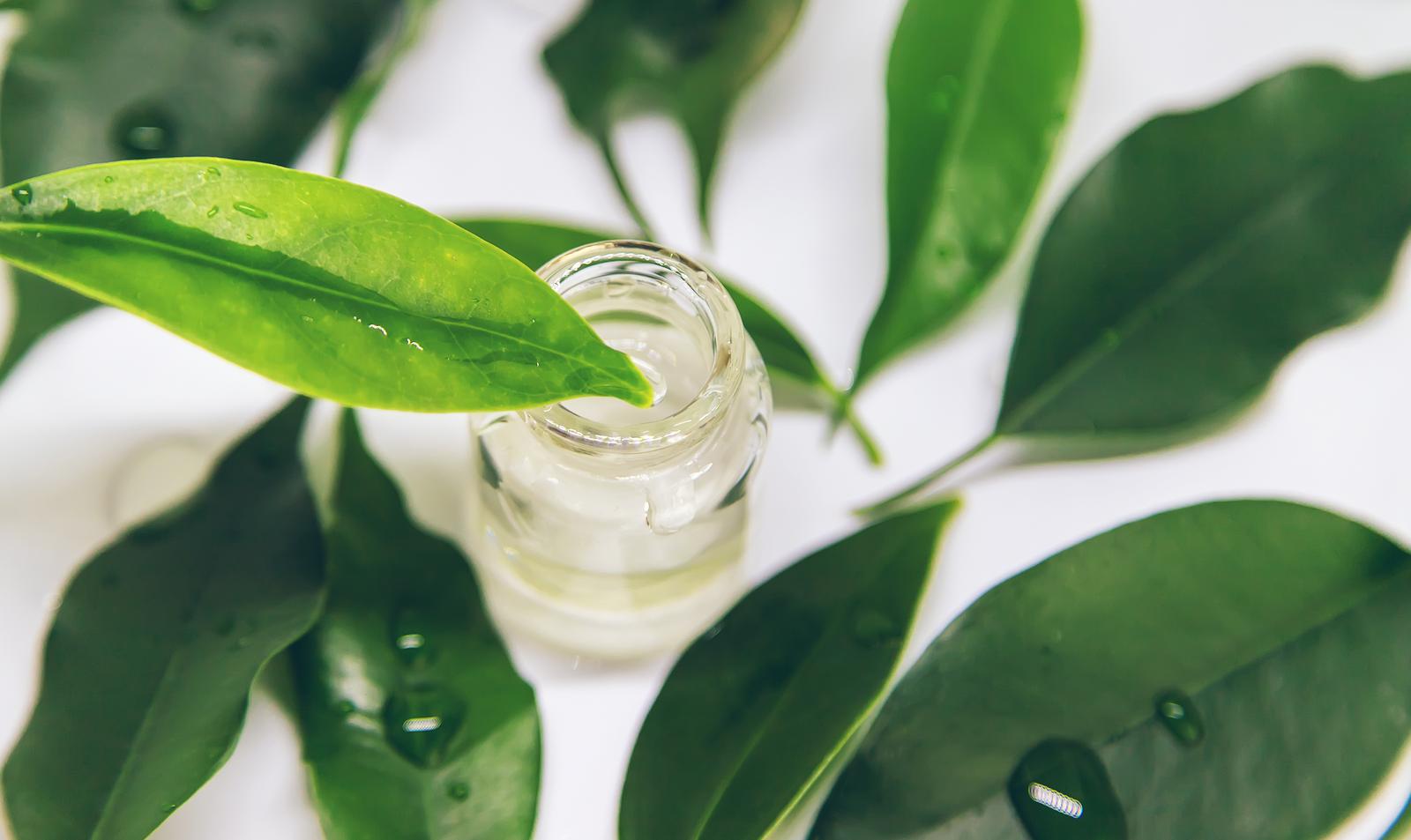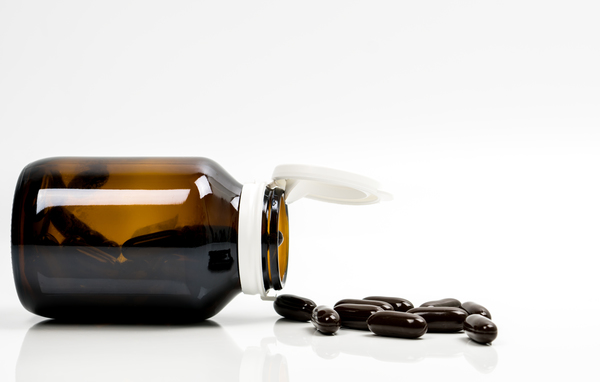In a world where synthetic chemicals and man-made solutions often take center stage, we sometimes forget that Mother Nature has her own impressive remedies up her sleeve.
One such remedy is tea tree oil, an all-natural powerhouse that’s been used for centuries to tackle some of the most stubborn fungal infections. Join us as we dive deep into the world of tea tree oil and reveal just how it manages to conquer fungus, from the inside out.
The Lowdown: What is Tea Tree Oil?
Tea tree oil, or melaleuca oil, comes from the leaves of the Melaleuca alternifolia, a plant native to Australia.
This amazing essential oil has a long history of use for its antiseptic, antibacterial, and antifungal properties. Nowadays, it’s a popular alternative to conventional treatments for fungal infections like athlete’s foot, ringworm, and nail fungus.
The Secret Sauce: What Makes Tea Tree Oil Tick?
The secret to tea tree oil’s fungus-fighting abilities lies in its unique makeup. The oil is packed with more than 100 different compounds, some of which are specifically responsible for its antifungal action.
The Dynamic Duo: Terpinen-4-ol and 1,8-Cineole
Terpinen-4-ol and 1,8-cineole are two major players in tea tree oil that give it its antifungal properties. These compounds team up to create an unwelcoming environment for fungi, breaking down their cellular structure and stopping their growth in its tracks.
The Battle Plan: How Tea Tree Oil Wages War on Fungus
To fully understand the fascinating process through which tea tree oil combats fungus, it’s essential to dive deeper into the molecular mechanisms at play. Tea tree oil’s antifungal activity hinges on its ability to disrupt fungal cell membranes, impair cellular function, and prevent fungal replication. Here’s a step-by-step breakdown of how tea tree oil wages war on fungus:
Step 1: Penetrating the Fungal Cell Membrane
Tea tree oil’s lipophilic nature allows it to easily dissolve in lipids (fats), which facilitates its absorption through the fungal cell membrane. Once inside the cell, the active compounds in tea tree oil, primarily terpinen-4-ol and 1,8-cineole, start to work their magic.
Step 2: Disrupting the Fungal Cell Membrane Structure
The active compounds in tea tree oil interact with the fatty acids and phospholipids present in the fungal cell membrane. This interaction alters the membrane’s structure, leading to increased permeability. As the membrane becomes more permeable, it loses its ability to regulate the flow of ions and other molecules in and out of the cell.
Step 3: Impairing Fungal Cellular Functions
With the fungal cell membrane compromised, the cell’s internal environment is disturbed, leading to dysfunction in crucial cellular processes. Tea tree oil’s antifungal compounds interfere with the production of essential proteins and enzymes, as well as energy generation within the fungal cell. This disruption can eventually lead to cell death.
Step 4: Inhibiting Fungal Replication
One of the most important aspects of tea tree oil’s antifungal properties is its ability to inhibit fungal replication. By interfering with the synthesis of essential proteins and nucleic acids, tea tree oil prevents the fungal cells from dividing and multiplying, ultimately halting the spread of the infection.
Step 5: Promoting Recovery of Healthy Tissue
As tea tree oil successfully destroys the fungal cells and prevents further growth, the body’s natural healing processes can take over. The healthy skin or nail tissue can now regenerate and recover from the damage caused by the fungal infection.
In summary, tea tree oil’s antifungal properties are derived from its ability to penetrate and disrupt fungal cell membranes, impair cellular function, and inhibit fungal replication. This multifaceted approach allows tea tree oil to effectively combat a variety of fungal infections, making it a valuable and versatile natural remedy.
Safety Matters: What You Need to Know
As with any natural remedy, it’s important to be cautious and aware of potential side effects when using tea tree oil. Some people might experience skin irritation or an allergic reaction, so it’s a good idea to do a patch test before using it to treat a fungal infection.
Armed with its powerful antifungal properties and natural origins, tea tree oil is a fantastic option for taking on fungal infections. By understanding the science behind its effectiveness, you can confidently turn to this tried-and-true solution for a fungus-free future.




